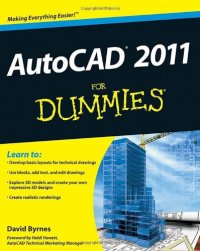
Ebook: Computer-Based Modeling of Novel Carbon Systems and Their Properties: Beyond Nanotubes
- Genre: Computers
- Tags: Theoretical and Computational Chemistry, Nanotechnology, Materials Science general
- Series: Carbon Materials: Chemistry and Physics 3
- Year: 2010
- Publisher: Springer Netherlands
- Edition: 1
- Language: English
- pdf
During the last twenty years, the multiplicity of potential carbon structures has consistently posed a formidable challenge to theoretical and computational physicists. Several different methods are currently being used to study the structure and the properties of such systems. These methods include simulations based on empirical potentials, tight-binding calculations and density functional theory (DFT). A combination of these methods is needed to make significant progress in the carbon field.
This volume provides the reader with a survey of state-of-the-art theoretical and computational contributions featuring novel carbon systems (excluding nanotubes). The chapters are authored by leading researchers who are all actively involved with different aspects of carbon structure and property elucidation. Consequently, a variety of methods are presented to the reader. The editors have successfully compiled an informative book that:
Computer-Based Modeling of Novel Carbon Systems and Their Properties is aimed at advanced undergraduates, graduates, and researchers with an interest in computational nanomaterials.
The multiplicity of possible carbon structures has posed in the last two decades a formidable challenge to theoretical and computational physicists, since not only a number of different methods (such as simulations based on empirical potentials, tight-binding calculations or DFT) are currently being used to study the structure and the properties of such systems, but also because it is evident that a combination of these methods is needed to make new progress in the carbon field.
This volume provides the reader with a survey of state-of-the-art theoretical/computational research on novel carbon systems, other than nanotubes. The contributions are authored by leading researchers working with different aspects of carbon and together demonstrate a variety of methods. It is the editors' intention to present in this work the latest results on carbon materials, to discuss how different methods can be combined, and to address how new carbon structures are predicted.